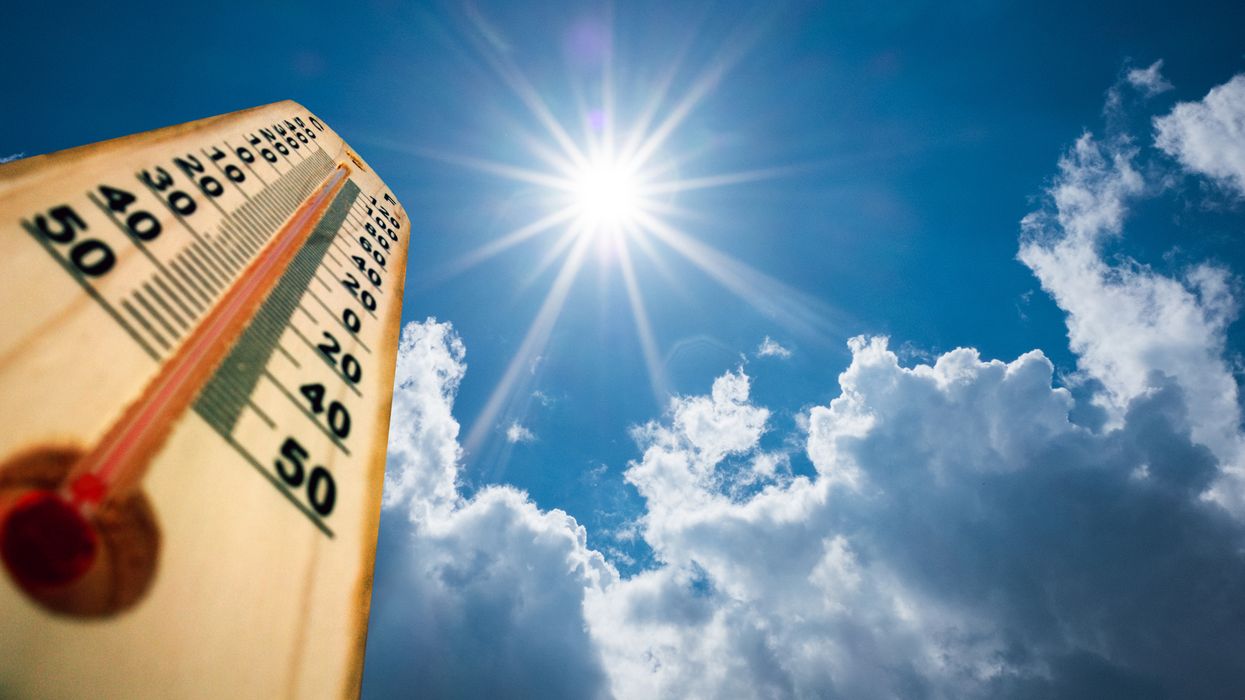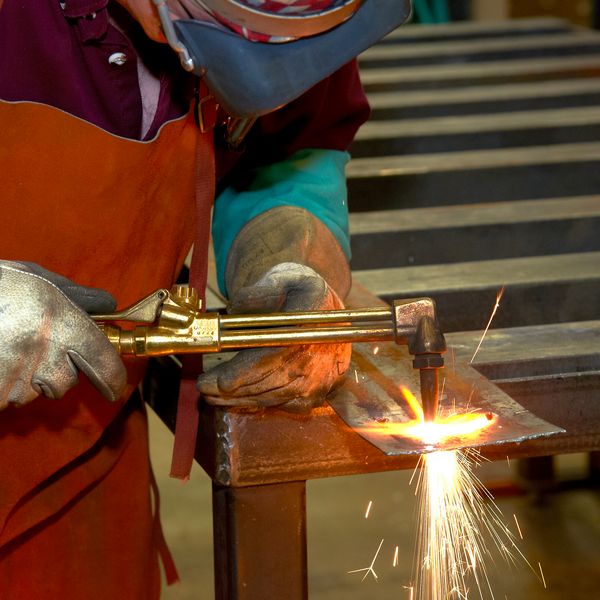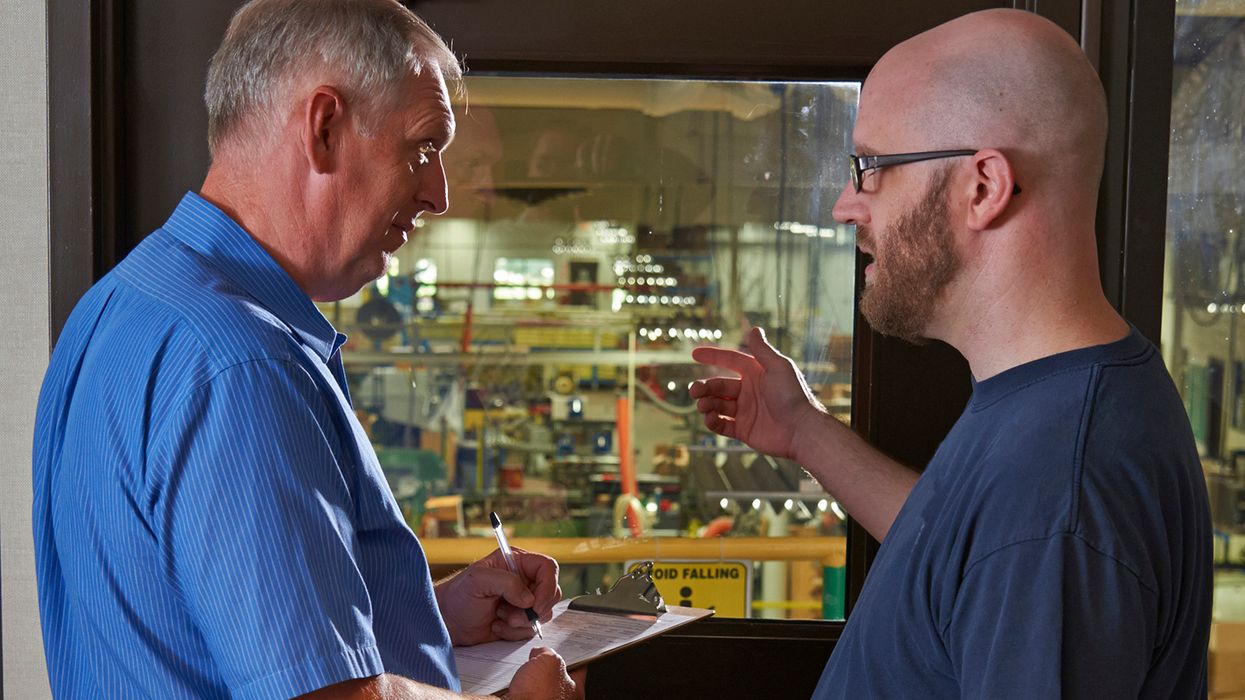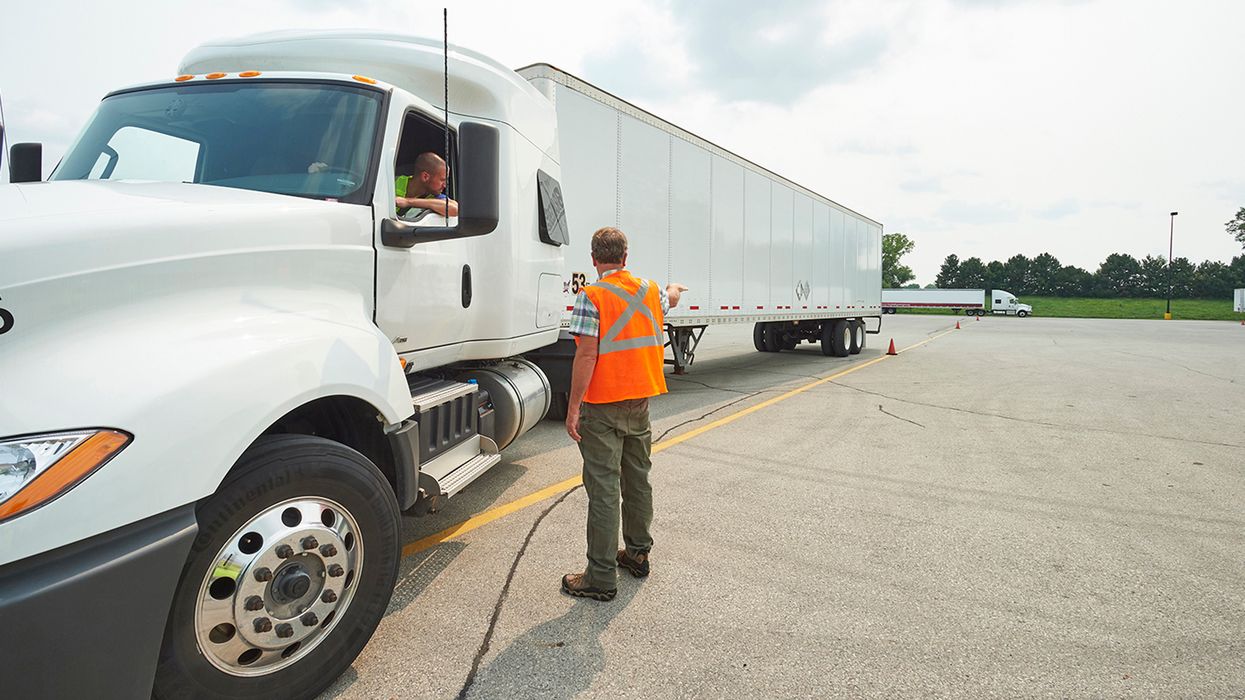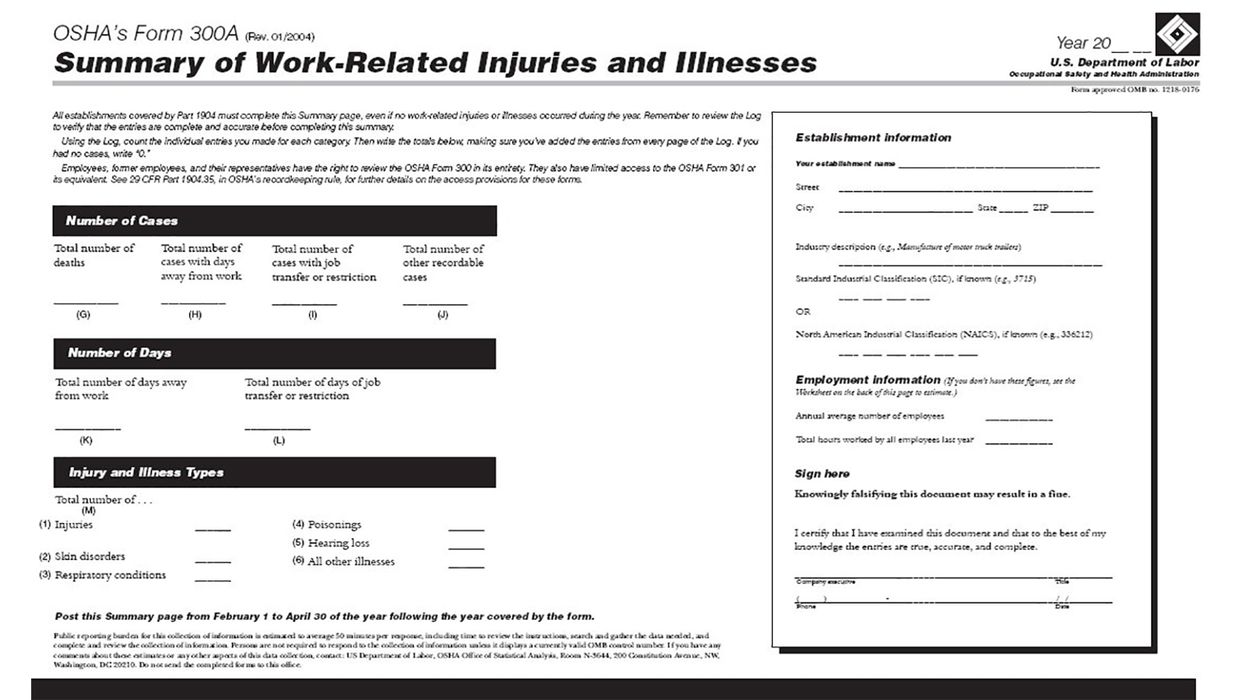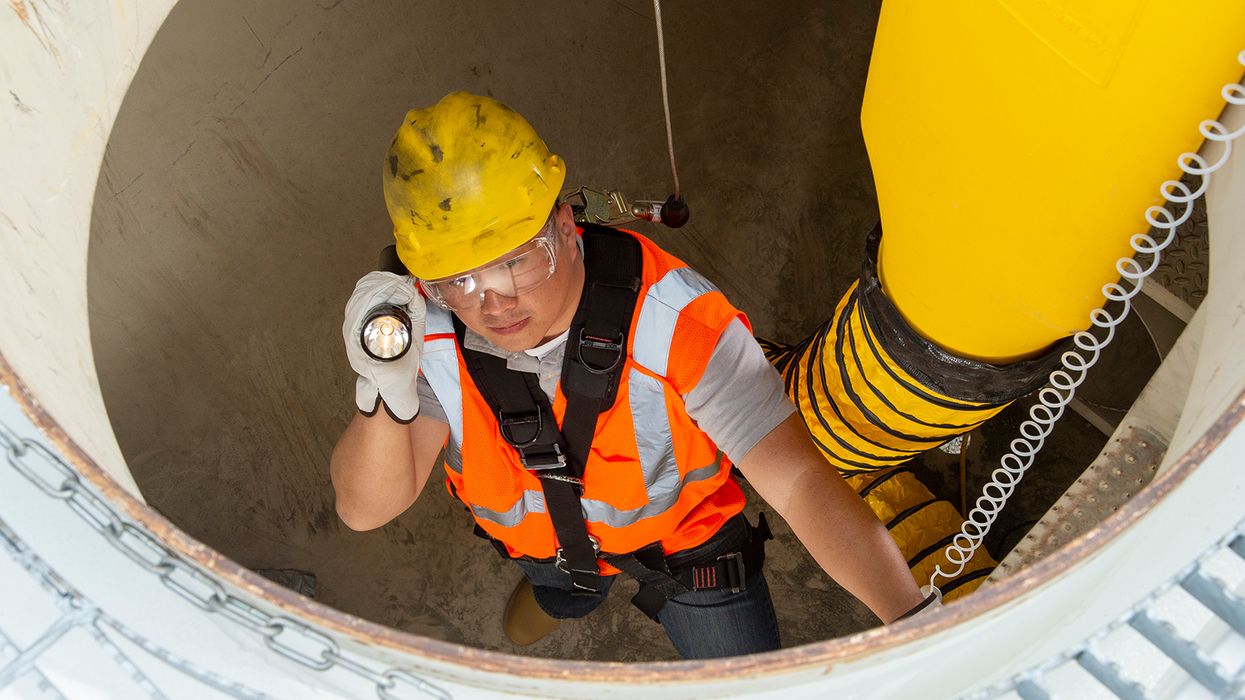Are your buildings susceptible to sunburn?
Any safety program should include an element of health, including a healthy dose of vitamin D from the sun. But can providing windows for warmth and sunlight for workers make your buildings susceptible to sunburn?
Most of us remember being taught to use a magnifying glass to start a fire, either in an emergency or for roasting marshmallows over a campfire. Though rare, this light refraction can also burn a business to the ground.
The night before spring and the official opening of a Michigan greenhouse, a fire destroyed approximately 3,000 of the 120,000 square feet of heated growing space. Investigators determined that sunlight reflected through the windows onto some plastic in just the right way to ignite the fire. Though no one was injured, and all the plants were saved, things could have been much worse. This incident serves as a reminder to inspect your workplace for unexpected fire hazards.
Preventing fires from light refraction
The National Fire Protection Association (NFPA) estimates a structure fire occurs every 63 seconds somewhere in the United States. Don’t let your business be added to the list!
Some glass has a convex shape, bending sunlight and concentrating it into one focal point. If consistently focused, enough energy can be produced by the sunlight to generate heat and eventually ignite a fire. This is especially true if on the other end of the light beam are combustible or flammable materials.
The top combustible and flammable materials susceptible to ignition by light refraction include:
- Trash
- Paper
- Cardboard boxes
- Flammable liquids that produce vapors or gases
- Excessive dust or grease on machinery or equipment
Preventing fires from light refraction requires employers to:
- Implement strict housekeeping procedures that control the accumulation of flammable and combustible materials. Materials should not be stored near windows or in line with direct sunlight.
- Manage the use of shiny, glossy, or reflective convex elements. These include glass bottles, vases, mirrors, light sconces, or even reflective cabinet pulls that may contribute to refraction.
- Communicate and practice emergency response and evacuation procedures regularly.
- Ensure appropriate fire-fighting equipment is available, operable, and easily accessible.
| Want to know what your state says about Fire Protection Plans? See our state comparison table in Compliance Network! |
Keys to remember
Enough energy can be generated by refracted sunlight to cause a fire. Employers can protect their businesses from fire by controlling flammable and combustible material storage and accumulation in areas exposed to direct sunlight.

